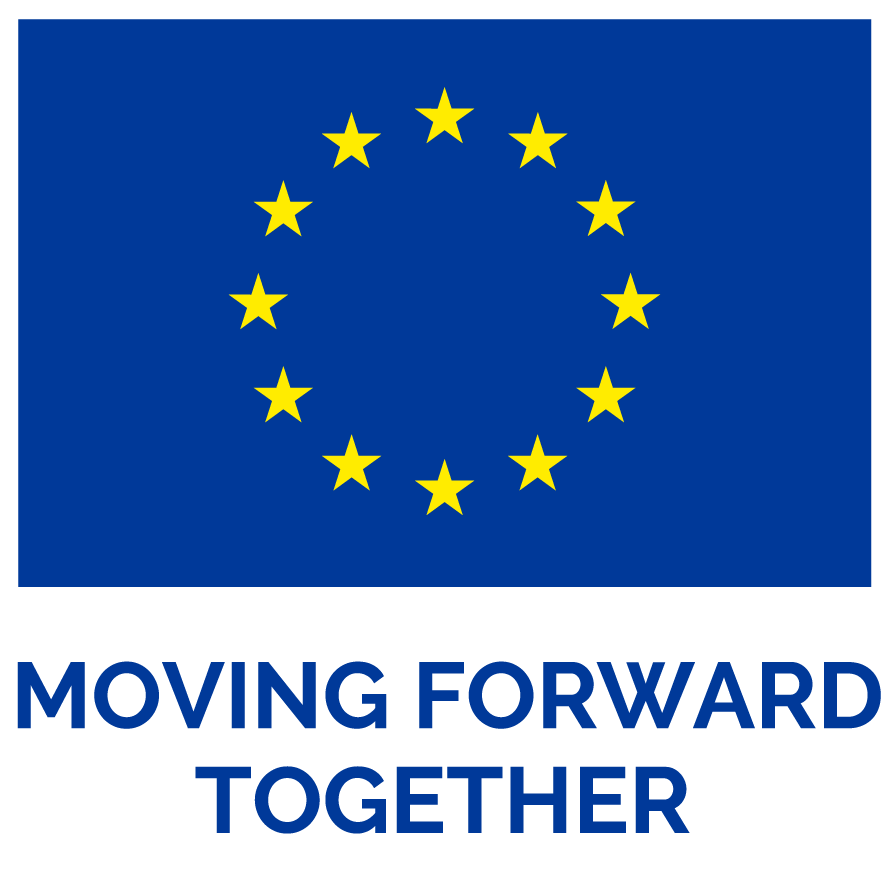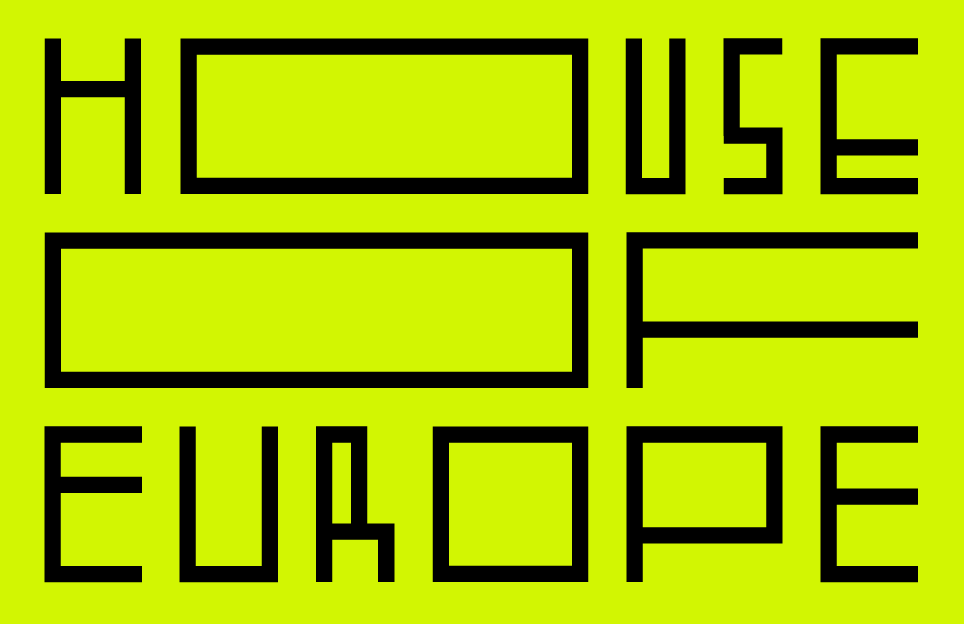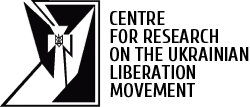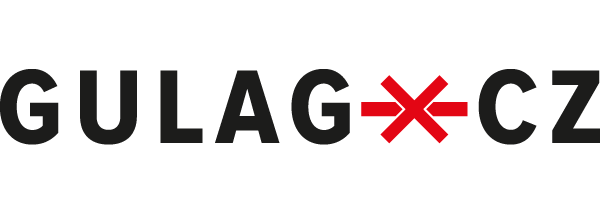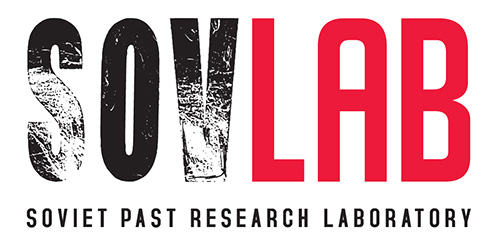
Oldřich
Kulhánek
Painter, graphic artist and book illustrator
1940
|
2013
Oldřich Kulhánek was a graduate of the Academy of Arts, Architecture and Design (“UMPRUM”) in Prague. He was a member of the Communist Party of Czechoslovakia (CPC) from 1961, but exited the party after the occupation of Czechoslovakia in 1968. He was criminally prosecuted for his work from 1970 to 1973.
Even though Kulhánek was not convicted with finality, he was not allowed to publish his work throughout the 1970s and 1980s, and he was only scarcely permitted to exhibit his work.

During the normalisation period, he made his living creating small graphic works, ex libris and New Year cards; his colleagues occasionally enabled him to illustrate books. He was not allowed to create freely until after November 1989; among other work, he authored the current issue of Czech banknotes and many postage stamps.


In 1970, 130 graphic prints by Czechoslovak artists were sent to the Expo 1970 in Osaka, Japan; the shipment included Oldřich Kulhánek’s works. Prior to dispatch, the works were approved by a panel of the Association of Czech Visual Artists. When inspecting the works on arrival in Japan in June 1970, the Czech team’s “sales official” Jaroslav Vokurka concluded that three works by Oldřich Kulhánek were subversive, offensive for the socialist establishment and defamatory of the Soviet Union.


Vokurka was actually an StB officer active from 1952 and was sent to Japan as a member of the Czechoslovak team to oversee “operational tasks” ― in fact overseeing the event on behalf of Czechoslovakia’s StB. Vokurka immediately informed his senior officers in Prague about his findings and StB started its investigation into the affair. A criminal procedure was commenced on 1 March 1971, and Kulhánek was arrested and detained on 2 March; he was released a month later.
The ruling on the commencing of the criminal prosecution said:
“A detailed examination of the aforementioned authors’ works also revealed that the prints contained gross offences of the USSR and other countries of the world’s socialist system and their representatives related to those countries’ international help to our country in August 1968; said authors used artistic methods for interpretation that intend to narrate images using a serial depiction of current experiences in such a way that the viewer’s conscience is hit or even disturbed by a shock.”


StB’s investigators focused on obtaining the requisite “evidence”, in particular an opinion from a visual arts expert to confirm that Kulhánek’s prints were faulty. The opinion of the Association of Czech Visual Artists said: “The prints objectively have a propagandistically anti-Soviet nature and are a display of the revisionist movement of 1968–1969. Responsibility rests not only with the authors but also with those who approved such prints, thus contributing to them being disseminated and exhibited.”


After his release from detention, Kulhánek was interrogated by StB every two weeks for several years to come. He remembered it later: “It is truly a traumatic experience. It did not end in Ruzyně. For two more years, they would interrogate us without detention every two weeks, and I guess that’s a very Kafka sort of thing. When you are walking a street of cheering people to that tiled building [StB headquarters in Prague, Bartolomějská Street], it’s more like you are being taken there… I think I experienced the same thing as citizen K. in Kafka’s The Trial.”


The filing of the lawsuit was postponed due to the examination of the condition of artist Jan Krejčí who was accused along with Kulhánek. Eventually, Oldřich Kulhánek was spared of further criminal prosecution by the President’s amnesty announced in February 1973 on the occasion of celebrations of the 25th anniversary of the communist coup in Czechoslovakia.
